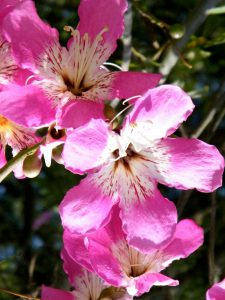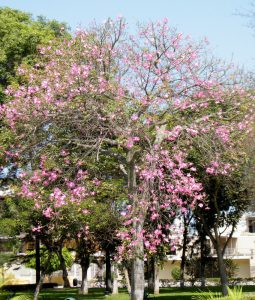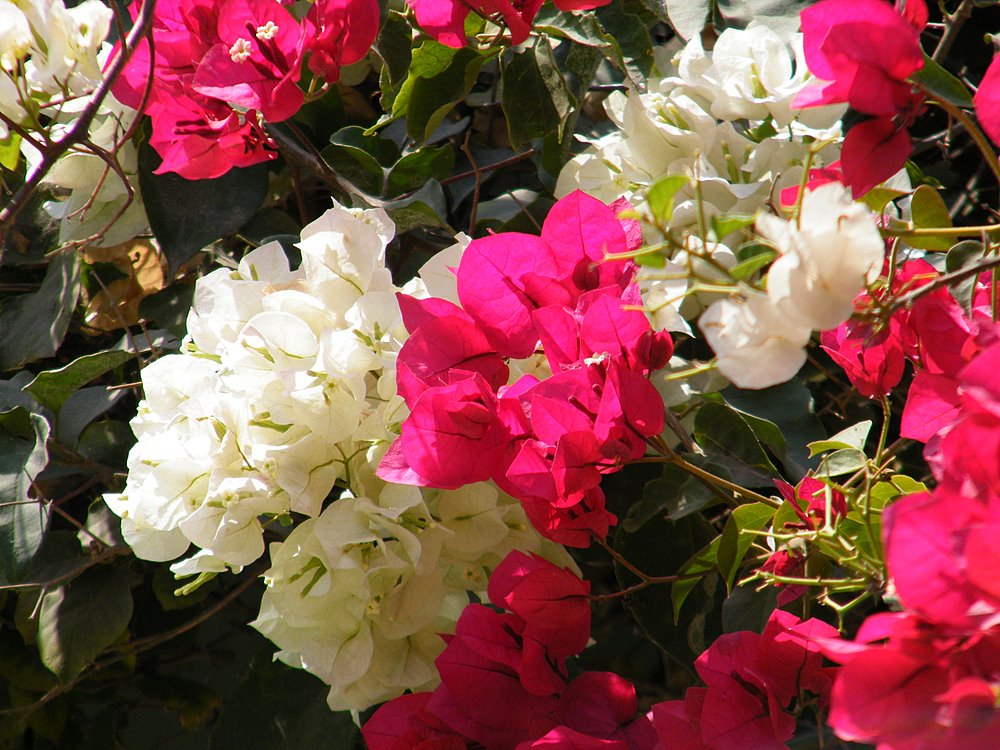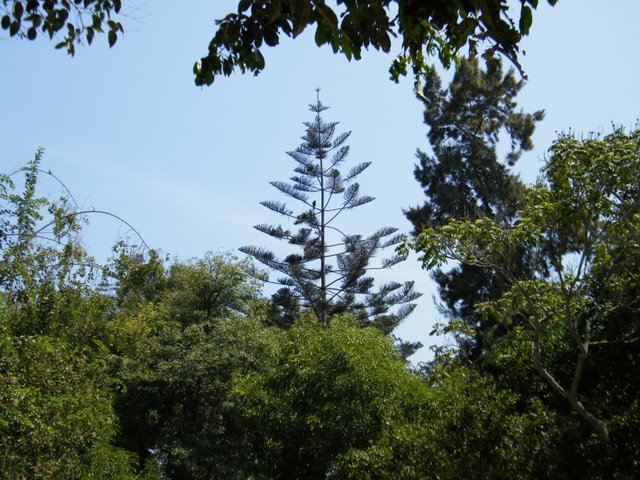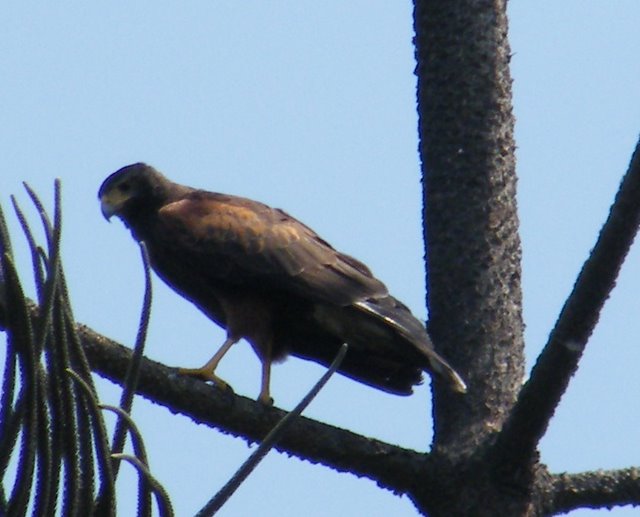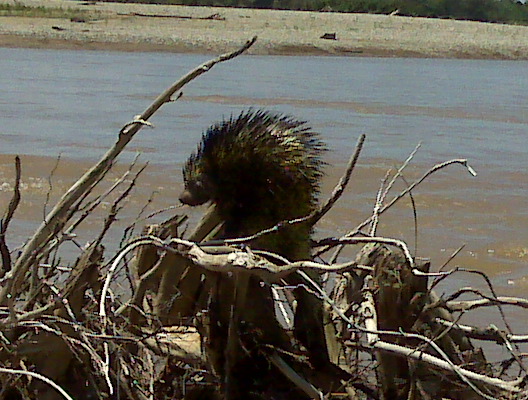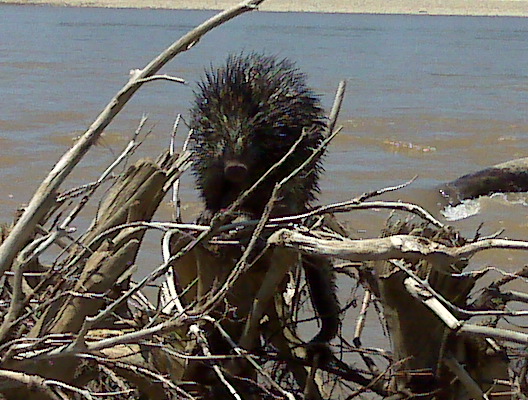Phoebe Snetsinger biography
Finally a book about a birder’s quest you don’t have to be a birder to enjoy.
Sometimes it is good to be a blogger. My blog had caught the attention of author Olivia Gentile and I was asked to review the new biography Life List: A Woman’s Quest for the World’s Most Amazing Birds she had written on Phoebe Snetsinger, the first birder ever, and still the only woman, to pass 8000 species of birds seen in the world. Phoebe hardly needs a presentation among birders, but for the rest of the world the words of Pulitzer Prize winner Jared Diamond sums it up nicely:
“Except for one thing, this book would rate as a great adventure novel and fictional psychological portrait, about a woman’s obsession with bird-watching, its effect on her relationships with her husband and her four children, and the horrifying mishaps that she survived on each continent—until the last mishap. But the book isn’t that great novel, because instead it’s a great true story: the biography of Phoebe Snetsinger, who set the world record for bird species seen, after growing up in an era when American women weren’t supposed to be competitive or have careers. Whether or not you pretend that it’s a novel, you’ll enjoy this powerful, moving story.”
It should take some 3 weeks until I eventually got the book sent to me by Olivia. I was sold on this book even before I started reading it. I just love the flash promotion intro to the book inserted above. This is the coolest thing I have seen for years. The simplistic design, the fast change of birdnames, ticking away 2 names per second on white background, the loose illustration and the music build up to a final crescendo and gran finale are just awesome.
The picky birdwatcher would maybe object that some full birdnames are not shown completely (i.e. Parrot), but the whole concept just blew my mind. I put it on my facebook, recommended the site www.oliviagentile.com to my Twitter friends and some of the lists I subscribe to. Some said to me that they ordered the book of Amazon as soon as they’d seen the ad.
I guess I earned my free copy already!
Did the book hold up to the expectations?
While Snetzinger’s own memoir Birding On Borrowed Time was well received among birders and very well written, some reviewers complain there are just too many birds mentioned to be of interest for a non-birder. Olivia Gentile’s book also mentions many glorious species, but it is well balanced and gives the reasoning of the complete switch and obsession that came to Phoebe’s life with birding. It was about self-fulfilment that was impossible for a woman in the 50. Phoebe had straight A:s through college and could have had a tremendous carrier had she been living two decades later. Instead she became a housewife. After she found birding at the age of 34 she started becoming more at ease with her situation. At the age of 49 she had just started taking some organized birding trips outside the US and was diagnosed with Cancer and given one year to live. This was the turning point. She had seen less than 2000 species of birds. From now on she would grasp the day as it came and do what she like most. Birding!
It turned out that the cancer receded and she was to add over 6500 species more to her life list over the next 18 years to finally die in (ironically not from cancer) in a car crash during a birding tour on Madagascar. The birding during these years became an obsession that put strain on her marriage, the relation with her kids and also exposed her to many dangers on her trips during some brutal hikes and dangerous boat and car-rides.
The book covers well her motives and the reactions in her surrounding.
Her friend Terry Witt who participated on many tours with her writes on BirdChat list:
Those of you who have read her autobiography, “Birding on Borrowed Time”, will be familiar with the fascinating story of her birding career. “Life List” recounts again much of this material, but in addition, delves into the extended family history in detail, and makes an effort to explore her personal side in incredible depth. The author had cooperation from Phoebe’s family, and a wealth of information from her many friends in her effort to try and understand this remarkable and most unique individual.
Phoebe was a good friend of mine, and I thought I knew her well, but after reading the book, I was amazed at how much of her private life and thoughts she kept hidden. The real irony is, that I am sure that much of this materiel would never have come to light save for her untimely death.
The author Olivia Gentile writes in the introduction:
I decided to write some sort of essay on birdwatching, and I called a few bird clubs near my home in Manhattan to see what they had going on. One man misunderstood and thought I was interested in joining his club. He tried to encourage me. “Who knows?” he said. “Maybe you’ll be the next Phoebe Snetsinger.” The man had never met Phoebe, but he knew all about her (as most birdwatchers do, it turned out) and he told me a little. That was back in 2001, two years after her death, and I’ve been piecing together her life ever since.
Phoebe liked to write things down, and I’ve been able to reconstruct her life largely by following her paper trail. In addition to the poetry she wrote in her forties, I read letters she wrote to friends and family; notes she wrote to herself during good times and bad; and the notebooks she kept on her trips, which were meticulous and often quite personal. I read articles she wrote for the newsletter of her bird club and for magazines, and the many articles that were written about her. When she was 65, she started working on a memoir, which was almost complete when she died.
I interviewed Phoebe’s family: her two brothers; Dave, her widower, who still lives outside St. Louis; and her four children, now in their forties and fifties, all of whom have careers in the natural sciences. The Snetsingers are private, dignified people, but they shared with me what they were comfortable with (and, generously, allowed me to read and quote from Phoebe’s papers). I interviewed dozens of her friends, most of them birders, and I found that a lot of them had stories worth telling, too. I did a lot of birdwatching myself, both in New York and in some of the places that were important to Phoebe, including Kenya and Peru, two countries in the tropics that are particularly rich with birds.
This book is about Phoebe, and about birding, a way of life I wanted to better understand. But it’s also about the broad and fundamental questions Phoebe’s life raises. What happens when society pushes you into a role you aren’t meant to play? If you’re told you only have a short time to live, how should you spend it? Where is the line between dedication and obsession, and when does obsession cross the line into pathology?
What does it mean, ultimately, to live, and die, well?
Final verdict – Phoebe Snetsinger and I.
I LOVED THE BOOK! I am 48 years old, and turning 49 this year. The same age as Phoebe had when she was given her “death sentence”. It scares me! Particularly, since I have a 2 year old daughter and my Peruvian wife Elita is almost 6 months pregnant with another daughter. I have to last for at least another 20 years! I have to keep fit and have taken up my Marathon running again. But, I also want to see some more birds and travel the world. It will be tough balls to juggle .
My life list is a around 3600 species maybe more (I haven´t done the math for a long time) so I would have a head start on Phoebe. But, I don’t think I will be as “mad” as Phoebe, that would be too irresponsible. In the bird tour business and birding in remote areas, albeit rarely, shit happens, which the book illustrates with rape, kid-napping, gunpoint assaults, shipwreck, car-accidents, fatal altitude sickness, poisonous snake bites, tropical diseases, broken limbs, murder and simply disappearing in the forest. (Don’t tell my wife!).
I am not taking long trips at present. I suffer being away only a couple of days from Luciana, my daughter, but I will be guiding a two week trip next month. And next year I shall be taking even longer trips. I have to juggle it gently, I think.
The book inspired to my recent idea of writing a book: “1000 birds to see before you die”. Maybe this is a reasonable compromise? Not to go for all the birds in the world, but for the 1000 best ones. Don’t be surprised if I suddenly start offering birding tours to far-flung places around the world, with myself as leader/coordinator employing local guides. Anyone up for going to see the Helmeted Vanga on Madagascar – Phoebe Snetsinger’s last zest? I’d take you!



